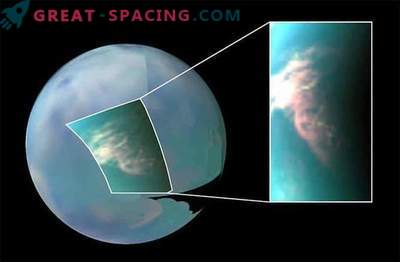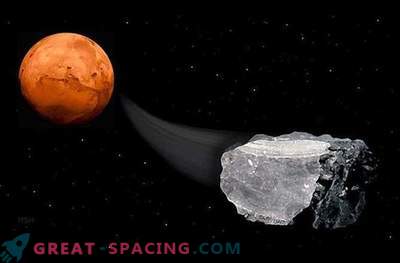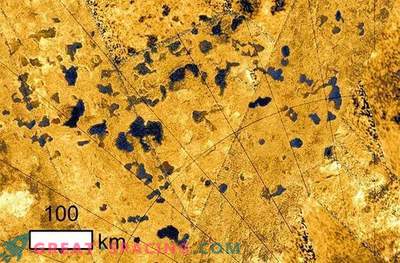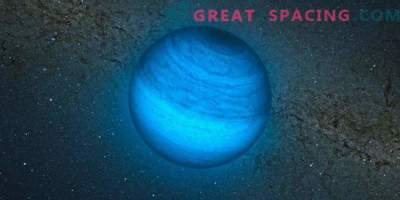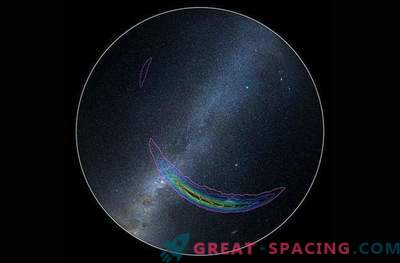
The pale blue dot cannot be the only hint of life outside the solar system. A new study suggests that astronomers should pay attention to the pale orange worlds, as they may resemble what used to be Earth.
During the so-called Archean era of the Earth, which occurred from 2, 5 to 3, 8 billion years ago, there was some oxygen in the atmosphere and much more methane, thanks to organisms called cyanobacteria that flooded the sea.
Computer models show that methane, which is produced by bacteria, leaves the Earth and periodically wraps it in a haze of orange hydrocarbons.
A similar phenomenon today can be seen on Saturn's satellite Titan, although its hydrocarbon fog is not associated with biological activity.
"In a later Archean, when methane concentration was maximal, our entire planet was shrouded in hydrocarbons," said Jiada Arni, an astronomical graduate from Washington State University, at a meeting of the American Astronomical Society in Maryland this week. "When we look at the Earth through time, we see that the Earth looked different in a different geological epoch. When we ask the question:" What did the Earth look like? ", The answer depends on the time period in question."
"Pale orange dots may be too similar to planet Earth," said Arni.
Hydrocarbon “blanket” of young Earth helped to protect the planet from harmful ultraviolet radiation, just like ozone today. The fog also helped cool the Earth, reflecting the heat of the sun back into space. Gradually, the climate of the Earth and the environment changed, which led to the rich diversity of life that exists today.
Astronomers are able to find chemical traces of similar early processes occurring outside the solar system.
Detecting the pale orange glow of an exoplanet can be a good sign.
Computer models show that measuring the ratio of carbon dioxide to methane in a planet's atmosphere will help to distinguish whether a hydrocarbon fog is caused by biological processes or geological ones.



